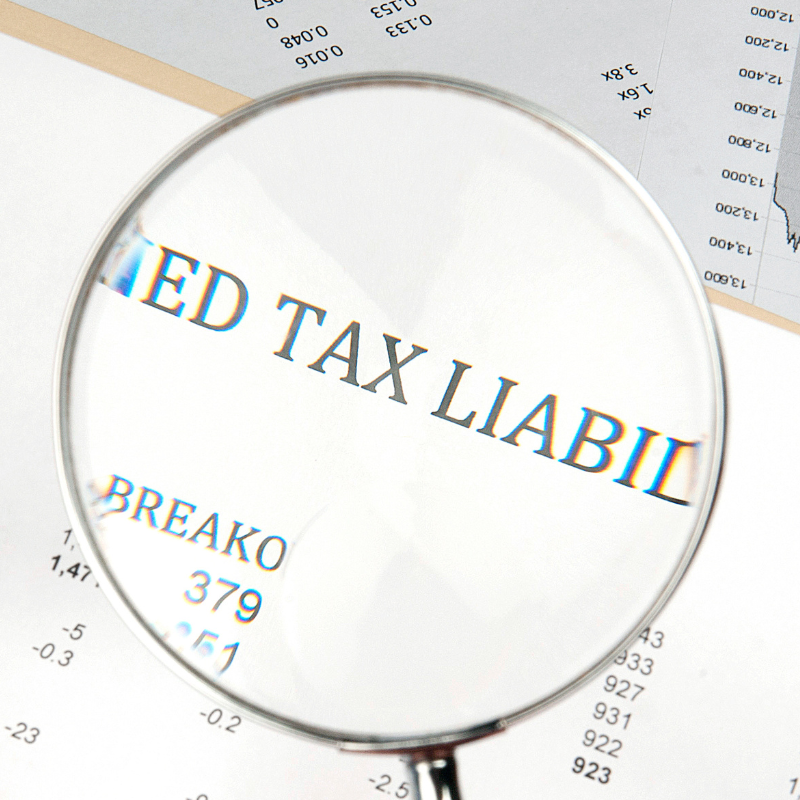To Uber, or not to Uber – That’s not the only question!
Uber, founded five years ago in San Francisco using a mobile app and a large group of unknown (and unregulated) drivers, serves over 300 cities throughout the world. In Pennsylvania throughout 11 cities there will be approximately 20,000 drivers taking home more than $100 million dollars.
So what’s the big deal?
Do they work directly for Uber? Are they employees? Are they independent contractors? Should they be regulated the same as Uber’s competitors like taxi and limo services? Are they covered under Uber’s insurance policy? Should the drivers have their own separate policies? And the questions go on and on!
Approximately 20 states and DC have regulations (some including insurance) in place for TNC’s. The National Association of Insurance Commissioners (NAIC) has adopted a white paper on the ride sharing concept entitled “Transportation Network Company Insurance Principles for Legislators and Regulators”. The paper discusses the evolving ride sharing industry from the TNC to the drivers and passengers. Issues such as insurance coverage amounts, types of coverage and potential gaps in coverage are covered along with education relating to these new transportation services. As most of these “ride sharing” drivers are not full time, it seems unnecessary and unfair to have insurance that covers them full time. The NAIC discusses the California model which splits the ride sharing process into three periods:
- When the driver is looking for a rider and the smartphone app is on
- After a match has been found and the driver is on the way to pick up a rider
- When the driver is transporting the rider to their desired location
There are various combinations of coverage that can be applied to these three periods and the NAIC suggests that the states consider this model in their regulations.
Some insurers are developing policy endorsements or hybrid insurance products to cover the ride sharing gaps. There are insurers that also liken the ride sharing need for insurance to the pizza delivery business where drivers use their own auto for deliveries and have their own insurance (at minimum levels of coverage) while the business also has insurance coverage for non-company owned vehicles. Farmers Insurance Group, USAA, GEICO and a few other insurers have started developing products for the TNC drivers.
Be warned the next time you ride share – you might want to ask, “Are you insured?”
 |
Rick Coyne, CPA 609-520-1188 [email protected] View Experience |
Ask Our Experts
To ensure compliance with U.S. Treasury rules, unless expressly stated otherwise, any U.S. tax advice contained in this communication is not intended or written to be used, and cannot be used, by the recipient for the purpose of avoiding penalties that may be imposed under the Internal Revenue Code.



